May 20, 2025
AI's Future: The Power of Deliberate Thinking
In the rapidly evolving landscape of artificial intelligence, the quest for smarter models has led us to a pivotal realization: it's not just about scale; it's about the quality of thinking. Join me as we explore how embracing more deliberate reasoning can unlock unprecedented advancements in AI.
The Evolution of AI: A Focus on Scale
The evolution of artificial intelligence has been nothing short of remarkable. Over the past five years, the progress can be encapsulated in one word: scale. While algorithmic advancements have contributed to this growth, the foundational architecture of today's frontier models remains rooted in the transformer model introduced in 2017. The critical difference lies in the scale of data and compute resources dedicated to training these models.
In 2019, training the GPT-2 model cost around five thousand dollars. Fast forward to today, and we see models that require hundreds of millions to train. This dramatic increase raises pertinent questions: Are we approaching a ceiling? Will the costs of training AI models continue to escalate indefinitely?
As we navigate this landscape, it's essential to recognize that while costs may rise, the potential for breakthroughs and innovations is still vast. The crucial aspect is not merely the scale of the models but also how effectively we harness that scale to drive meaningful advancements.
The Cost of Progress: From Thousands to Millions
As AI models have grown more complex, so too have their training costs. The leap from thousands to millions of dollars is not just a numerical increase; it reflects the growing sophistication of the models and the data they require. Each year, researchers push the boundaries, training larger models on more extensive datasets, which leads to improved performance.
This trend raises critical issues about sustainability and resource allocation in AI development. As training costs skyrocket, developers and organizations must consider whether the returns justify the investments. It's not just about spending money; it's about figuring out how to maximize the impact of those expenditures.

Moreover, as we invest in more extensive models, we must also focus on the efficiency of our processes. Leveraging platforms like GFunnel can help streamline operations, ensuring that resources are used effectively to drive innovation.
The Plateau Paradox: Will AI Hit a Wall?
There is a growing concern among researchers and industry experts that AI may soon plateau. As models become increasingly expensive to train, the question looms: at what point does the scaling paradigm break down? The fear is that we may reach a ceiling where further investments yield diminishing returns.
However, it's essential to approach this concern with a balanced perspective. While it's true that costs are rising, the potential for innovation remains robust. We must remember that AI is not just about scale; it's also about the quality of thinking and problem-solving approaches we employ.

By exploring new paradigms, such as integrating system two thinking into AI models, we can unlock new avenues for progress. This shift in focus could provide the necessary momentum to continue advancing AI capabilities without solely relying on increasing scale.
A Personal Journey: My PhD Experience
Reflecting on my journey as a PhD student, I began my studies in 2012, eager to explore the realm of AI. One of the most exciting projects involved developing AIs that could learn to play poker. This was a dream come true for someone who had enjoyed the game throughout high school and college.
Poker, contrary to its reputation, is not merely a game of chance; it requires deep strategic thinking. When I started my research, the consensus was that we had figured out the paradigm for AI in poker, and all that remained was to scale it up.
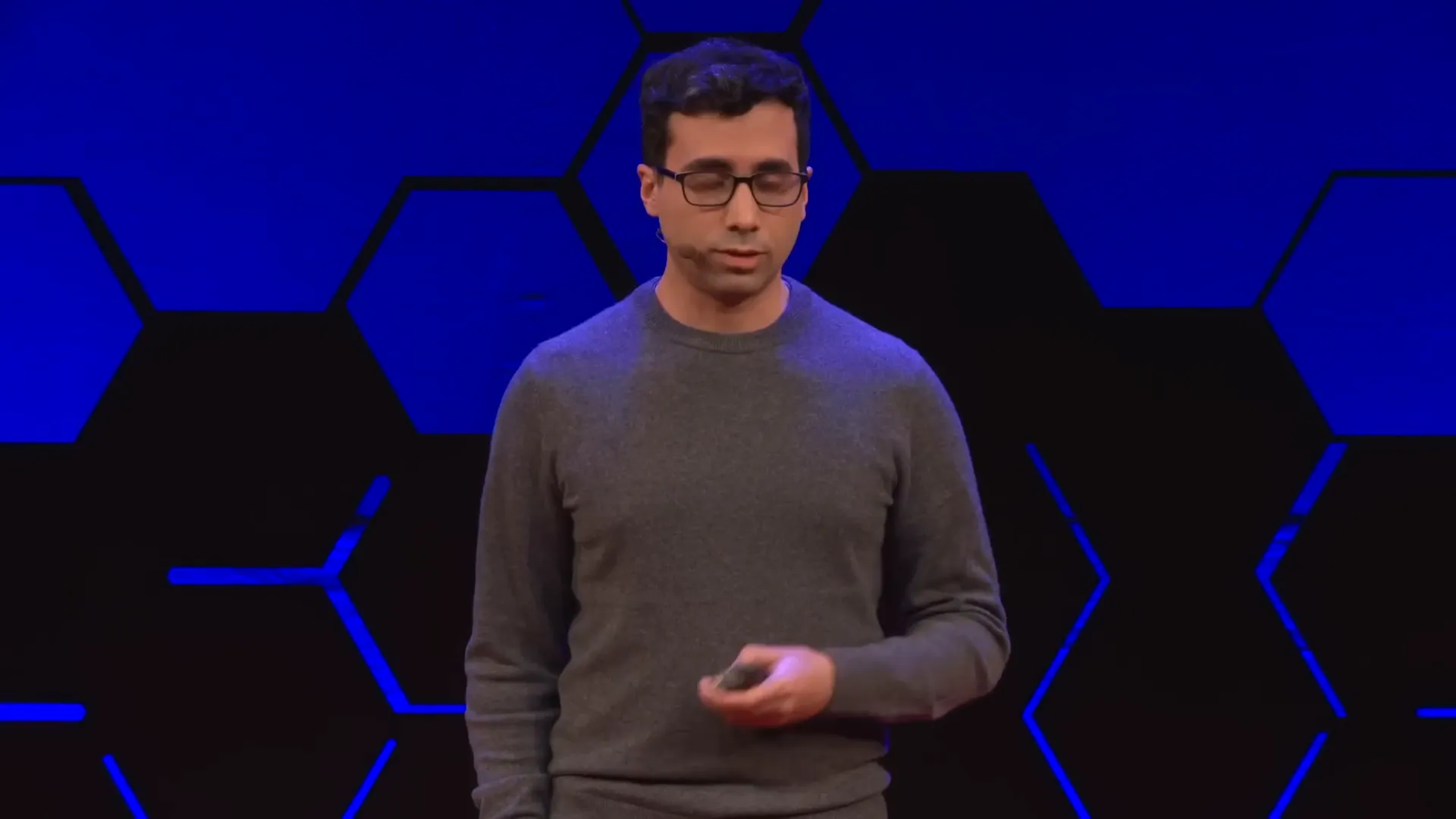
As we trained larger and more sophisticated poker AIs, we believed we were on the brink of a breakthrough. By 2015, we were confident that our AI could rival top human experts. To test this, we organized a competition against four of the world's best players, with a substantial prize to incentivize their participation.
The outcome was disappointing; our bot lost by a significant margin. However, this experience taught me valuable lessons about the importance of strategic thinking versus mere data processing.
Poker: More Than Just Luck
One of the most surprising aspects of poker is that it is not just a game of luck; it is a game of strategy. This realization became clear during our competition. Our AI had processed nearly a trillion hands of poker in preparation, yet when faced with the world's top players, it acted almost instantly, making decisions in mere milliseconds.
In contrast, the human players relied on their experiences and took the time to think through their moves. This difference in approach highlighted a crucial element of AI development: the need for thoughtful decision-making rather than just rapid responses.
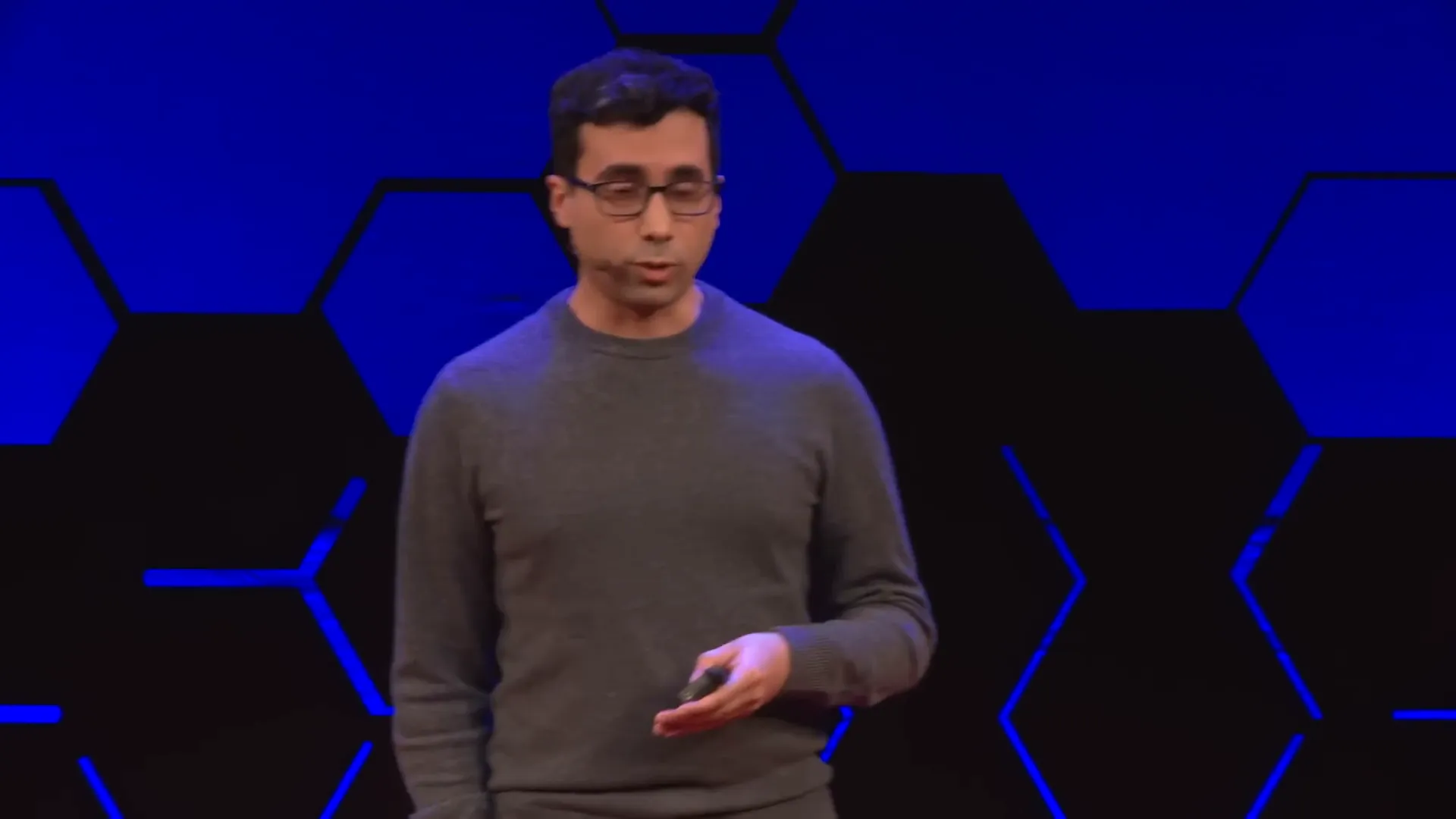
This insight led me to wonder whether integrating more reflective thinking—what Daniel Kahneman describes as system two thinking—could enhance our AI's performance. I initiated experiments to quantify the impact of this approach on poker strategy, and the results were astonishing.
The Initial Challenges: Competing Against Experts
During our initial foray into competitive poker AI, we encountered significant challenges. Despite the extensive training our model underwent, it became evident that sheer scale did not equate to success. The human experts, with their limited experience compared to our model's vast dataset, outperformed it through strategic thinking.
This prompted me to reevaluate our approach. Instead of solely focusing on scaling the model, we needed to incorporate mechanisms that allowed the AI to think critically and strategically. By integrating system two thinking, we could potentially bridge the gap between AI and human expertise.
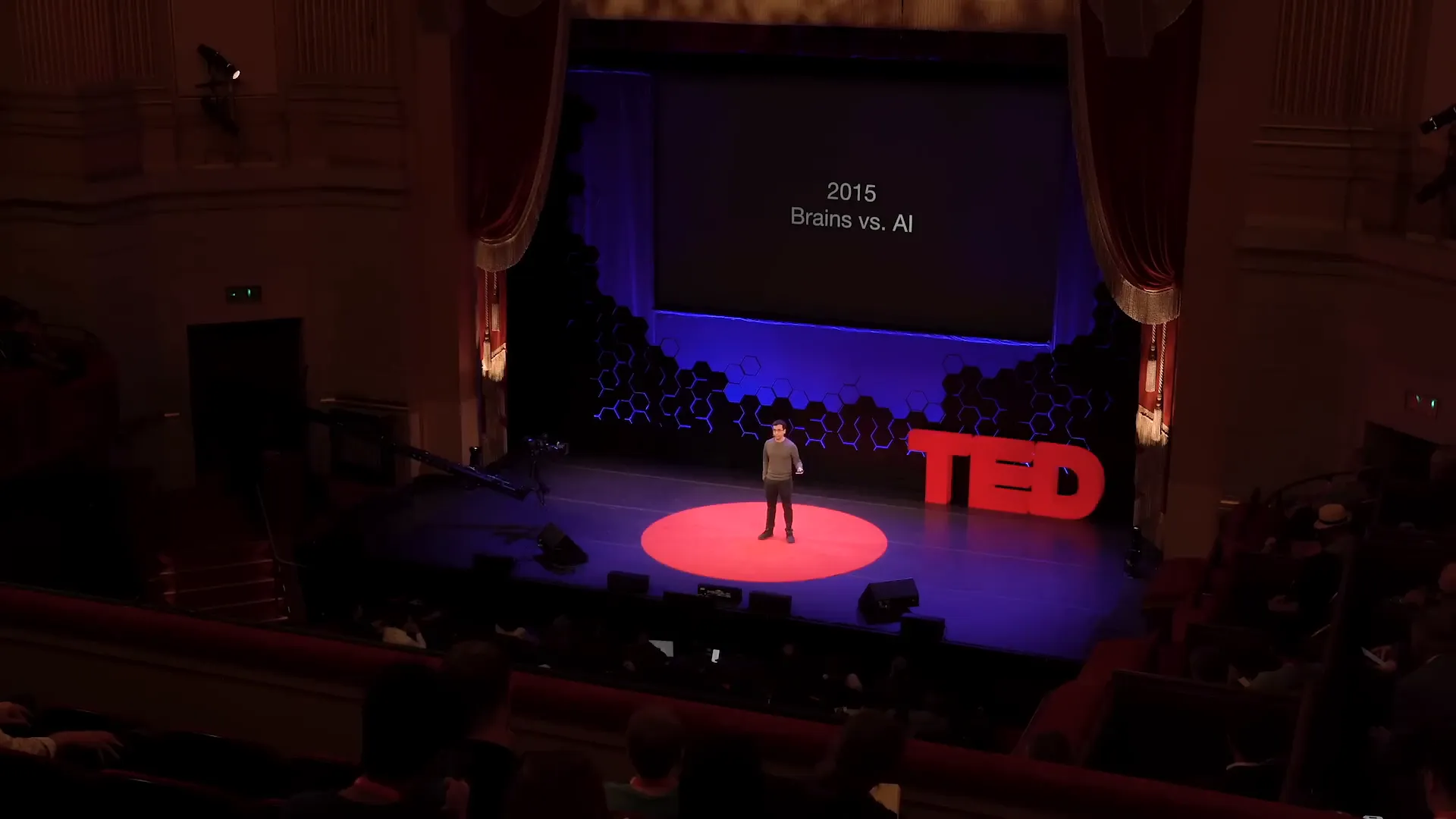
Ultimately, this experience shaped our new strategy. We redesigned our poker AI with a dual focus: enhancing both system one speed and system two thoughtfulness. In 2017, we challenged the top players again, this time with an AI that could leverage both rapid responses and strategic depth, leading to a remarkable victory.
The Insight: Fast Decisions vs. Thoughtful Reflection
In the world of AI and decision-making, a significant insight has emerged: the contrast between fast, instinctive decisions and those that are more reflective and deliberate. This distinction is vividly illustrated by comparing the performance of AI systems and human experts in high-stakes environments, such as poker. While AI models excel at processing vast amounts of data quickly, they often lack the depth of understanding that comes from reflective thinking.
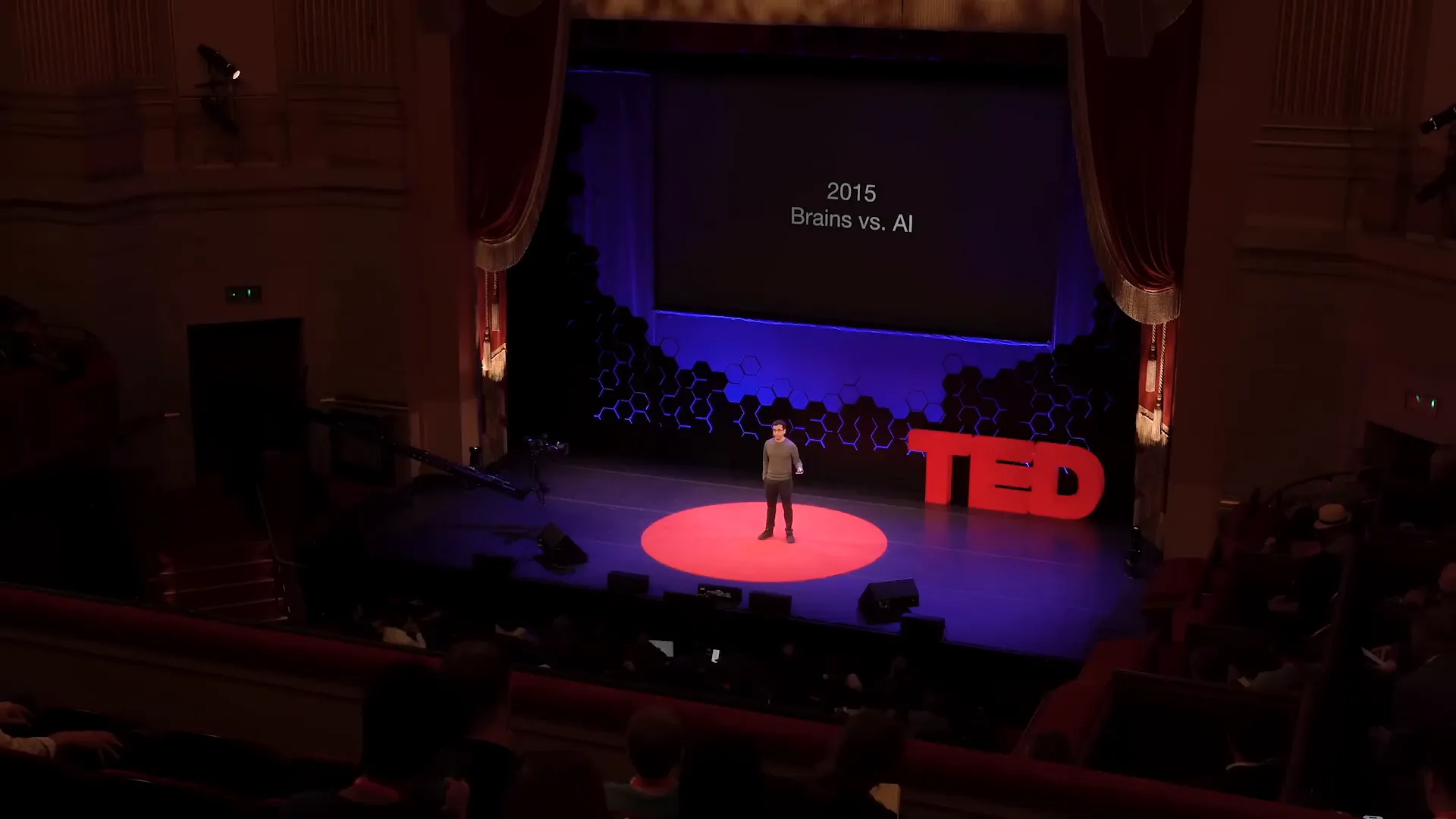
Human players, despite their limited data exposure, utilize their experiences to take the necessary time to contemplate their choices. This ability to reflect significantly enhances their performance in complex scenarios. The question then arises: how can we harness this insight to improve AI systems?
Understanding System One and System Two Thinking
To delve deeper into this topic, we must explore the concepts of System One and System Two thinking, as articulated by Daniel Kahneman. System One is the brain's fast, automatic, and intuitive approach. It’s responsible for quick judgments and decisions, often based on heuristics. On the other hand, System Two represents the slower, more deliberate, and analytical thinking process.
- System One: Fast, instinctive, and emotional. Think of it as the autopilot mode of the brain.
- System Two: Slower, more deliberate, and more logical. This is where deep analysis and critical thinking occur.
The interplay between these two systems is crucial for effective decision-making in both humans and AI. AI models that primarily rely on System One thinking may achieve rapid results, but they risk missing out on the nuanced understanding that comes from System Two processing.
The Experiment: The Impact of Thinking Time
To quantify the benefits of System Two thinking in AI, we conducted a series of experiments. The results were astonishing: allowing our poker AI to think for merely twenty seconds during a hand produced a performance boost equivalent to scaling the model's size and training duration by one hundred thousand times. This finding shifted our approach to AI development dramatically.
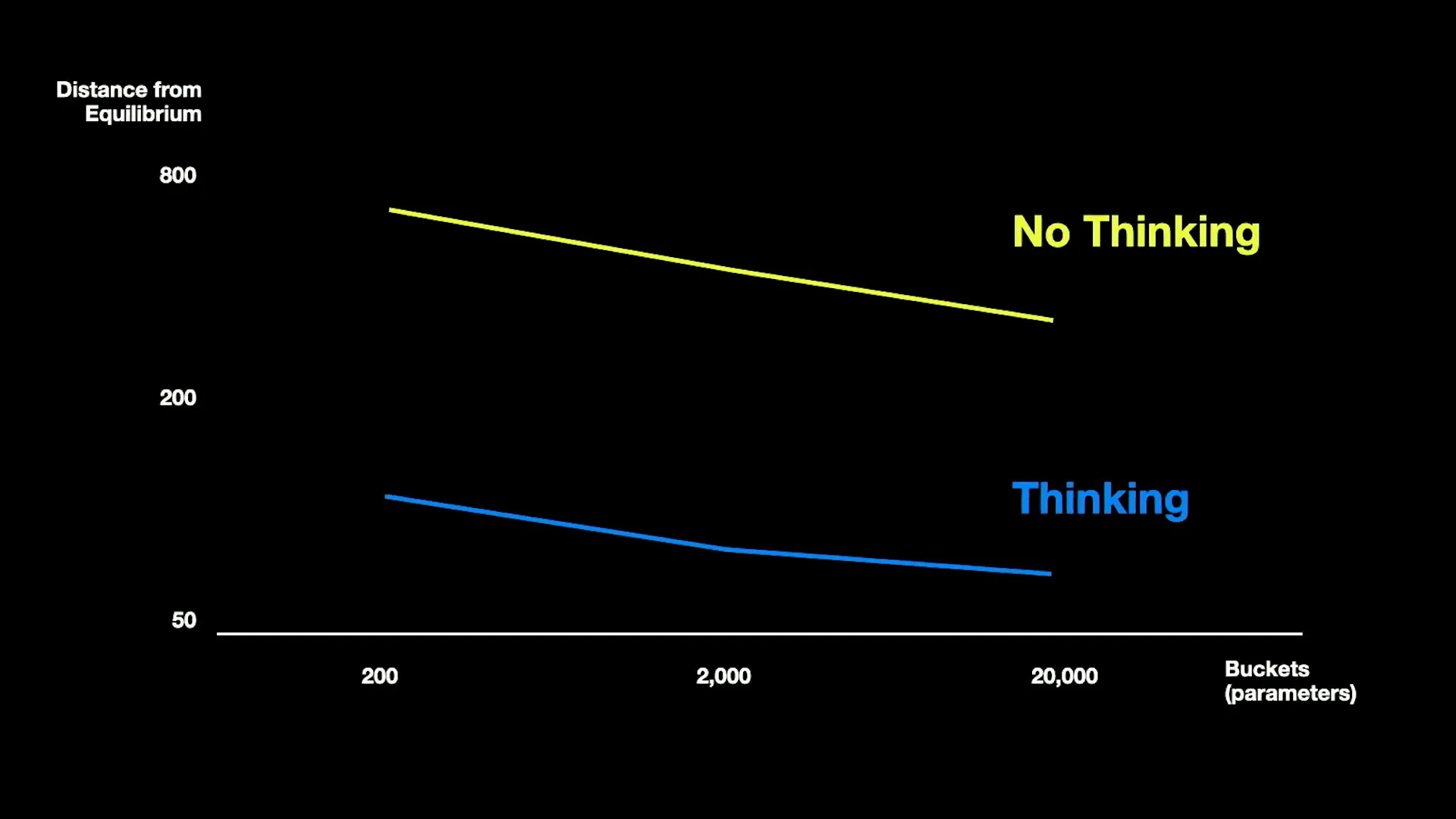
Instead of solely focusing on increasing computational power and data size, we began to prioritize the integration of reflective thinking into our AI systems. This meant redesigning our models to incorporate mechanisms that allow for thoughtful reflection—an approach that has proven to be game-changing.
Redesigning AI: The Shift to System Two Thinking
The transition to a System Two-focused AI model was not just a minor adjustment; it was a complete overhaul. We restructured our poker AI to balance the strengths of both System One and System Two thinking. The results were remarkable. In our subsequent competitions, our AI outperformed the world's best human players by a substantial margin, proving that the integration of reflective thinking could yield superior outcomes.
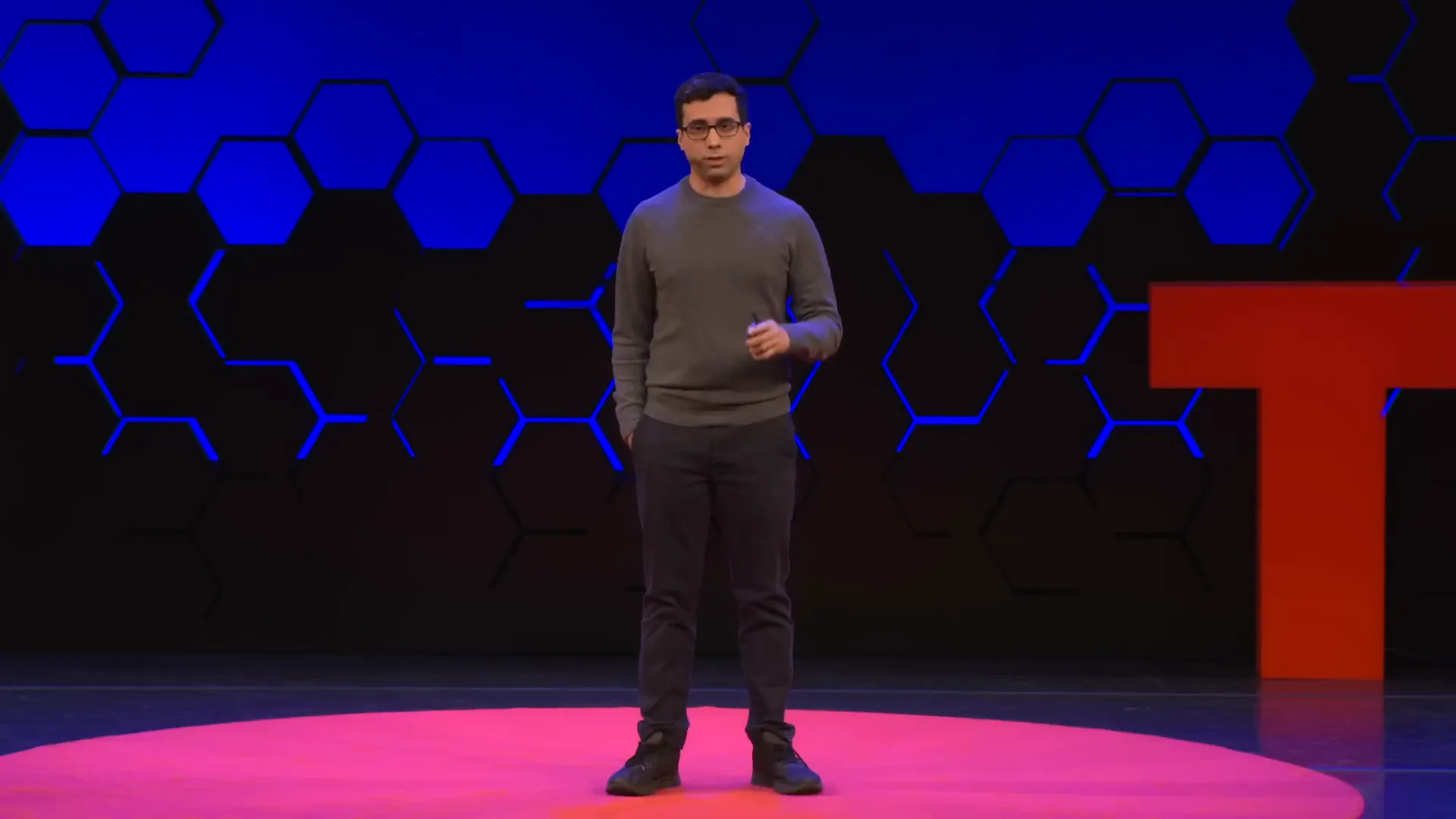
This shift in focus is not limited to poker. The implications extend to various applications of AI, where thoughtful decision-making can enhance performance across multiple domains. By prioritizing reflective thinking, we can develop AI systems that not only react quickly but also make informed decisions based on deeper insights.
Surprising Outcomes: Winning Against the Odds
Our success in the poker competition was a testament to the power of integrating System Two thinking into AI. Initially, the betting odds were heavily against us, reflecting the skepticism of the poker community. However, as the competition progressed, it became clear that our AI's ability to think strategically and reflectively was yielding unexpected results.

By the end of the competition, the narrative had shifted dramatically. Instead of betting on which side would win, the focus turned to which human player would lose the least. This pivot illustrates how the incorporation of thoughtful reflection can lead to outcomes that defy expectations and challenge conventional wisdom.
Lessons from Chess and Go: The Importance of Thinking Time
The principles we uncovered in poker are echoed in other games like chess and Go, where the importance of thinking time is equally evident. For instance, IBM's Deep Blue, which famously defeated Garry Kasparov in chess, utilized several minutes to evaluate its moves. Similarly, DeepMind's AlphaGo, which triumphed over Lee Sedol in Go, also benefited from taking time to consider its strategies.
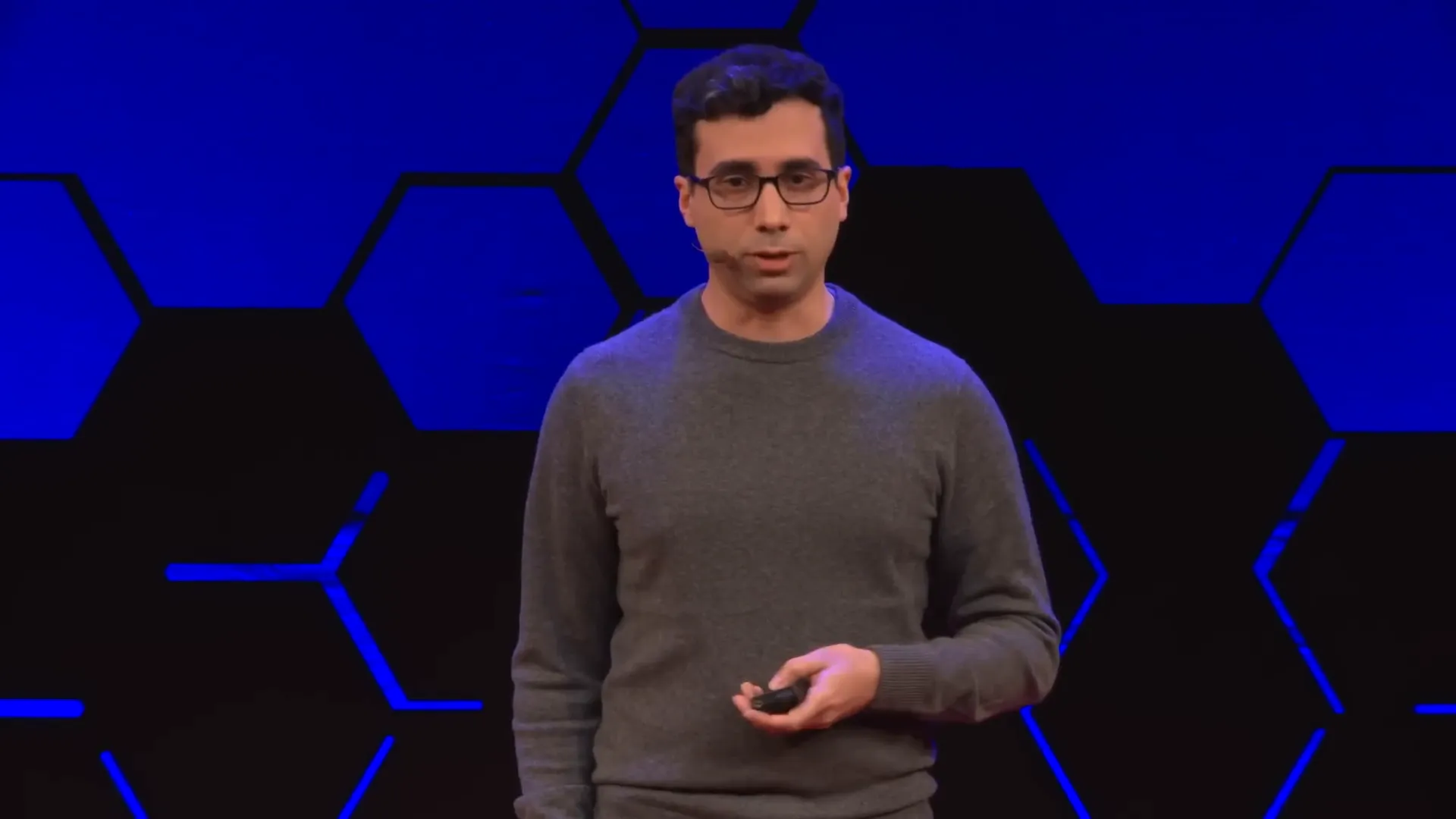
Research indicates that scaling up thinking time can significantly enhance performance, reinforcing the idea that AI systems can benefit from a more contemplative approach. By recognizing the value of thoughtful reflection, we can create AI models that not only excel in speed but also in depth of understanding, leading to more effective decision-making in complex environments.
Scaling Up Thinking: A New Dimension for AI
The landscape of AI is evolving, and at the forefront of this evolution is the concept of scaling up thinking. Traditionally, advancements in AI have been driven by the sheer scale of data and computational resources. However, we're beginning to recognize that the quality of thinking—particularly System Two thinking—can be just as critical, if not more so, than the volume of data processed.
By integrating more reflective thinking into AI models, we can achieve significant performance improvements without necessarily increasing the scale of the model itself. This approach not only enhances the decision-making capabilities of AI but also opens up new avenues for innovation. At the heart of this shift is the realization that AI can benefit from the kind of deliberation that humans naturally employ in complex situations.
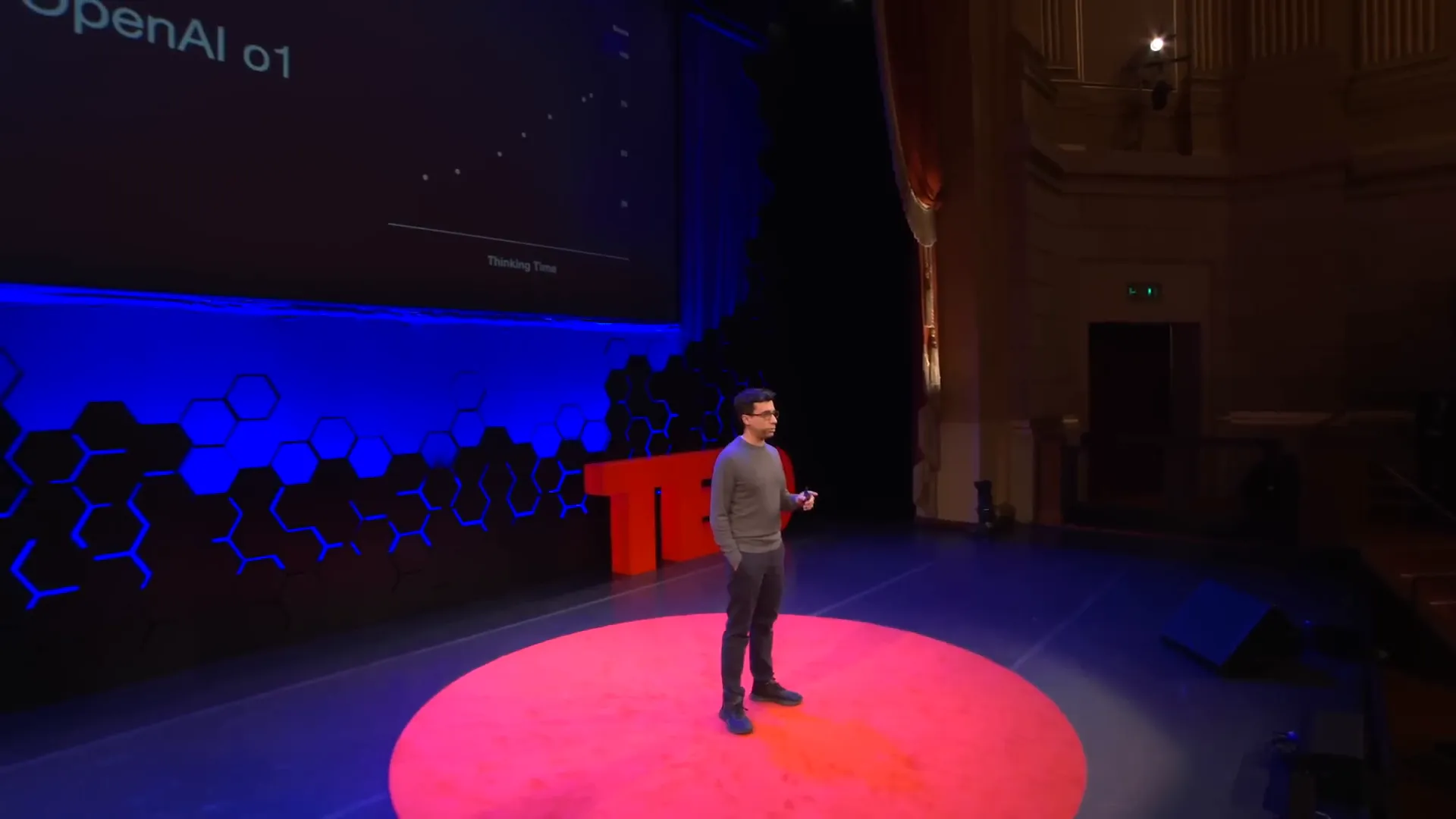
As we look forward, platforms like GFunnel can play a pivotal role in fostering this new dimension of AI. By providing tools that facilitate the integration of System Two thinking, we can empower developers to create smarter, more efficient AI solutions that prioritize thoughtful decision-making.
Cost vs. Time: The Trade-Off in AI Queries
In the realm of AI, a crucial trade-off exists between cost and time. As we continue to push the boundaries of what AI can achieve, understanding this balance becomes paramount. The cost of training advanced AI models has skyrocketed, with investments now reaching hundreds of millions of dollars. Yet, the cost of querying these models remains astonishingly low, often just fractions of a penny.
This disparity presents an opportunity to rethink how we approach AI development. Organizations can choose to invest in scaling up model training or, alternatively, they can focus on enhancing the thinking time of AI systems. As demonstrated in various experiments, allowing an AI to take more time to consider its responses can yield performance enhancements that rival those achieved through traditional scaling methods.

Thus, the question arises: how much are we willing to invest in thinking time? For critical applications—like healthcare or scientific research—the answer may very well be “more.” The ability to pay a premium for thoughtful, deliberative responses could lead to breakthroughs that justify the expense. This shift in perspective could redefine how businesses view AI investments.
The Value of Investment in AI Solutions
Investing in AI solutions is not merely about acquiring the latest technology; it's about strategically aligning those solutions with the goals of the organization. The true value of AI lies in its ability to enhance decision-making, optimize processes, and ultimately drive growth. As we transition into this new era where thinking time is prioritized, organizations must also consider how they allocate their resources.
For instance, investing in platforms that facilitate System Two thinking can lead to more informed and accurate outcomes. This can be especially beneficial in sectors where precision is critical, such as finance, healthcare, and technology. By leveraging tools from GFunnel, organizations can streamline their operations and ensure that their AI systems are equipped to make thoughtful decisions.
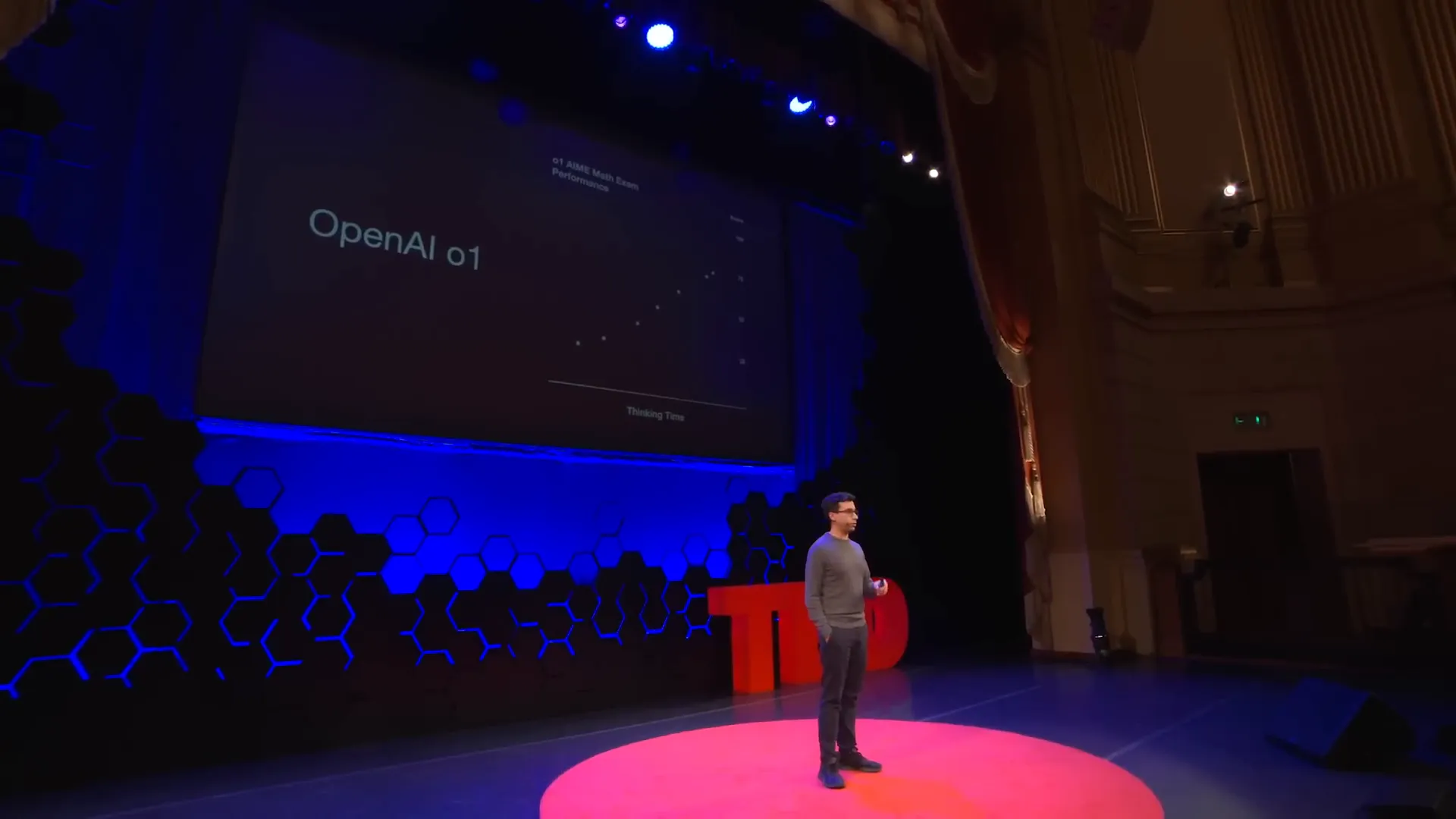
Moreover, as we see the impact of AI on various industries, it becomes increasingly clear that the investment in AI is not just a cost, but a strategic move towards future-proofing the organization. Embracing this perspective will enable companies to harness the full potential of AI, driving innovation and maintaining a competitive edge.
The Future of AI: A Revolution in Progress
The future of AI is bright, with a revolution underway that extends beyond mere automation. As we embrace the capabilities of System Two thinking, we can anticipate a wave of advancements that will transform various sectors. This revolution is not a distant reality; it is happening now.
AI is evolving from simple task execution to a more nuanced understanding of complex problems. The ability to think critically and reflectively will empower AI systems to tackle challenges that were previously deemed insurmountable. This shift will not only enhance the capabilities of AI but also broaden its applications across industries.
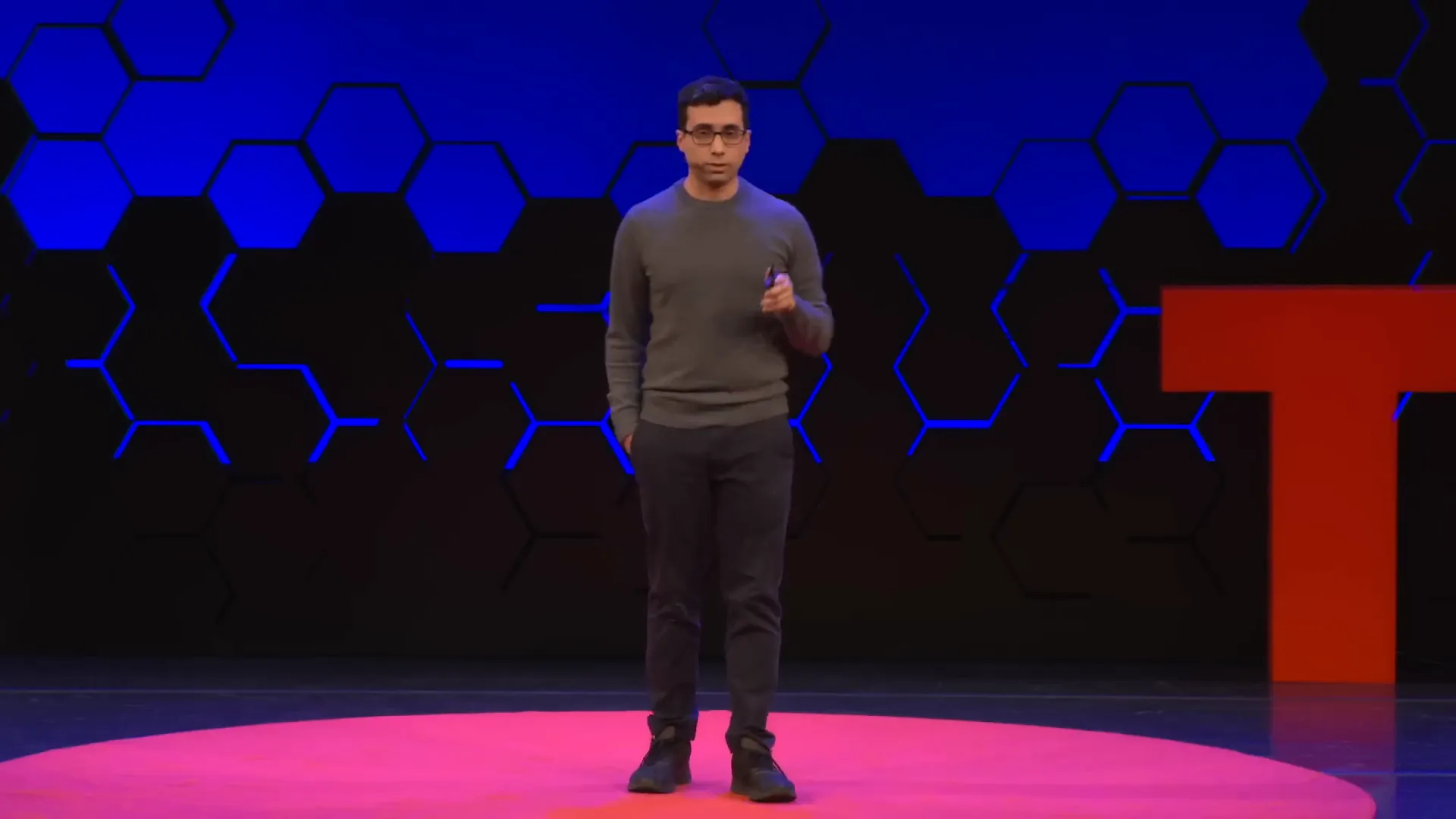
As we move forward, it is essential for businesses to remain agile and adaptable. Engaging with platforms like GFunnel can provide the necessary resources and support to navigate this rapidly changing landscape. By staying informed and invested in AI technologies, organizations can position themselves at the forefront of this revolution.
FAQ: Understanding the New Paradigm of AI
What is System Two thinking in AI?
System Two thinking refers to the slower, more deliberative form of thinking that allows for deeper analysis and critical reasoning. In AI, integrating this type of thinking can enhance decision-making capabilities, leading to better outcomes in complex scenarios.
How does scaling up thinking time impact AI performance?
Research has shown that allowing AI systems to take more time to consider their responses can yield performance boosts comparable to scaling up the model's size and training duration. This new approach emphasizes the value of thoughtful reflection in AI processes.
Why should organizations invest in AI solutions that prioritize thinking time?
Investing in AI solutions that emphasize thinking time can lead to more accurate and informed decision-making. In critical applications, this investment could result in significant breakthroughs, making it a worthwhile consideration for organizations aiming for strategic growth.
How can GFunnel support organizations in adopting advanced AI solutions?
GFunnel offers a range of tools and resources designed to help organizations integrate advanced AI solutions into their operations. By leveraging these resources, businesses can streamline their processes and enhance their AI capabilities, ultimately driving innovation and success.